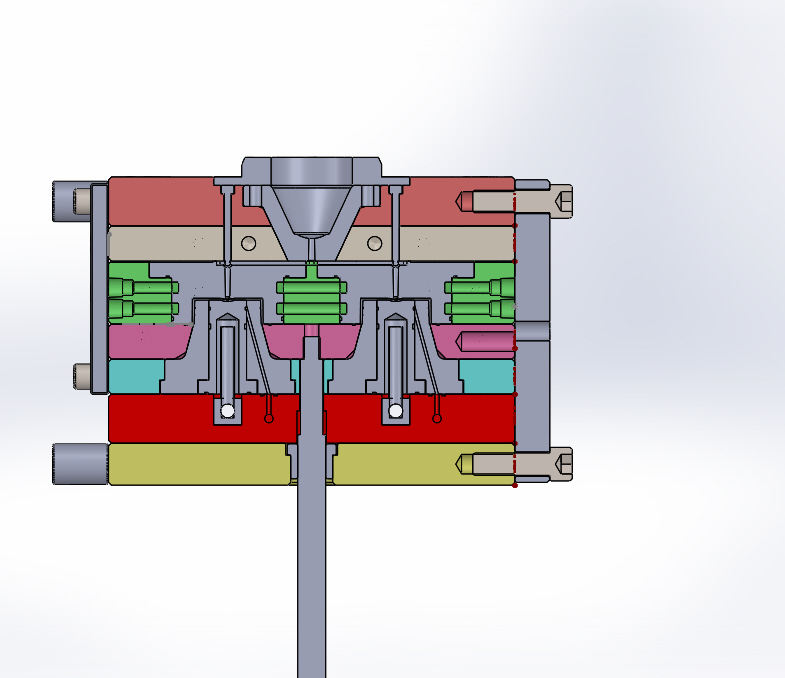- Home
- Lean Principles
- Machine Selection
- Mold Design
- Mold Interlocking
- Mold Making
- Plastic Material Technology
- Molding Process
- Plastic News
- What's New
- Privacy Policy
- Disclaimer
- Site Map
- Poll
- Polishing
- 3D Rapid Prototyping
- Molding Companies
- Contact Us
- Proven Thinwall Packaging Mold Designs For Sale
- MOLD WEIGHT CALCULATOR
- HOT RUNNER VERSUS COLD RUNNER
3D Rapid Prototyping in Injection Molding
3D rapid prototyping is an additive process used to build products of different shapes and sizes from a 3D computer model for use in industries such as injection molding, medical, packaging, automotive, aviation, and electronics.
Among the materials currently available to make rapid prototyped products include plastics (Nylon, ABS), Aluminium, Tool steel, Stainless steel, PEEK & Titanium.
Batch size can range from 1 to tens of thousands.
There are several different types of machines available for building a product using 3D rapid prototyping techniques. These machines use one of the following methods: Fused Deposition Modelling (FDM) which is common in household 3D printers, Stereolithography (SLA), Selective Laser Sintering (SLS), Direct Metal Laser Sintering (DMLS), Electron Beam Melting (EBM), Digital Light Processing (DLP). The method used depends upon the product application as each method has different material and size specifications.
Direct Metal Laser Sintering (DMLS)
Some of the materials currently available for this method are Stainless steel, Tool steel, Aluminium & Titanium. One of the applications of this method is the manufacture of core & cavity inserts used in plastic injection molds where water cooling channels follow the contours of the moulding surface. This is known as conformal cooling which can be difficult or impossible to manufacture using tradition manufacturing methods. Conformal cooling improves part quality and lowers cycle times allowing for more efficient production.
However, as with other rapid prototyping methods, secondary operations are required: machining of the inserts for final fitting into an injection mold as well as mirror polishing of the moulding surfaces.
Selective Laser Sintering (SLS)
Two of the materials currently available are Polyamide (with or without glass) & a TPU.
The advantage of this technique is that living hinges (0.3mm) used in packaging products are possible so fully functional parts can be made with a shorter delivery lead time compared to building an injection mould tool. Other applications include jigs & fixture tooling.
Another advantage is that size of a product is virtually unlimited as it can consist of several sub-parts.
Surface finish can vary from very fine to rough depending upon build time allowance
Stereolithography (SLA)
There are number of plastics available for this 3D rapid prototyping method which include PP, ABS & PC.
Typical applications include master patterns for urethane castings, prosthetic legs, architectural models & injection mold inserts.
Surface finish produced is smooth & can be nickel plated or painted.
Part size is also virtually limitless.
Additional Comments on 3D Rapid Prototyping
The industry continues to evolve and as a consequence continues to find new applications. One of the biggest benefits of rapid prototyping is the reduction in the time to market of new products which has changed traditional manufacturing industries such mold making and injection moulding.
The new technology should not be seen as a threat to the injection molding industry, it is actually an aid in the complicated process of delivering new products to market which ultimately improves our standard of living. For more information click on one of the links below:
http://manufacturing.materialise.com





